Pages 12 & 13 (i.e. the set of pages) of Feb. 7, 2017 Long Branch Guidelines Draft focuses on 3.6 Special Features
Update:
A more complete and highly informative overview of the contents of the Feb. 7, 2017 Long Branch Urban Design Guidelines Draft Document is available at the website of Ward 6 Councillor Mark Grimes. We owe thanks to Councillor Grimes for the role that he and his office have played in the initiation and development of the Pilot Project.
Click here to access the overview at the Ward 6 Councillor’s website >
[End]
The current post, last in a series, focuses on 12 & 13 of the Feb. 7, 2017 Guidelines Draft Reference Material (for discussion purposes only). These are the final two pages of the document.
3.6 Special Features
The introduction to p. 12 reads:
3.6.1 Trees
Throughout Long Branch, residential streetscapes are most successful when they incorporate a continuous mature street tree canopy which frames the street, creating a desirable sense of enclosure and moderating micro-climate conditions by providing shade and reducing pedestrian-scale wind impacts.
Objectives
The Objectives for 3.6 Special Features are described:
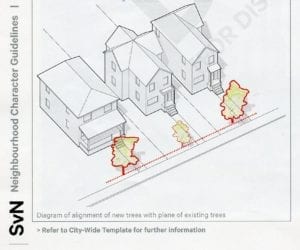
Diagram of alignment of new trees with plane of existing trees. Text at bottom of page reads: Refer to City-Wide Template for further information. Source: Guidelines Draft, Feb. 7, 2017, p. 12
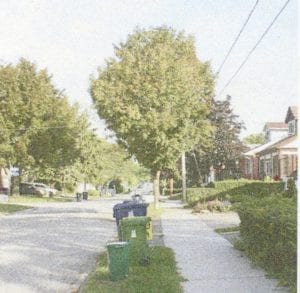
Figure 84. Public tree in splash pad. (Topic: Predominant Conditions of Street Trees in Long Branch.)
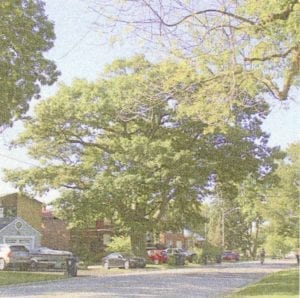
Figure 86. One mature tree providing canopy for various properties. (Topic: Predominant Conditions of Street Trees in Long Branch.)
Please note: Figures from page 13 are in this order in original: Figures 84; 86; 85; 87
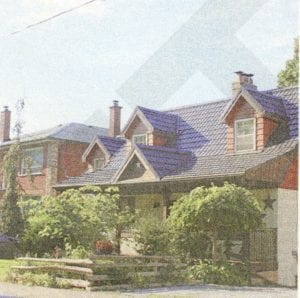
Figure 85. Smaller ornamental trees as part of a parterre design. (Topic: Predominant Conditions of Street Trees in Long Branch.)
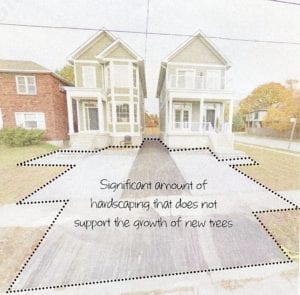
Figure 89. curb cuts and hardscaped driveways associated with severed lot (Topic: Before & After Analysis.)
- Separation distance between trees and building elements: Ensure adequate separation is provided for trees to grow to maturity without roots causing damage to any structure or surface treatment around them. This includes separation between trees and side setbacks, and to neighbouring retaining walls. Side yard setbacks are usually good reference for preventing conflict.
- Protection during construction: Protect significant trees need to be protected from potential damage during construction. Refer to the City’s Private Tree Bylaw for more guidelines and information.
- Species selection: Plant a mix of native species to mitigate the spread of diseases and to minimize maintenance. The full list can be found at Forestry Facts and Native Plant Lists.
- Plan for healthy trees: Follow proper planting techniques and maintenance to ensure the health of trees (e.g. soil volumes, growth medium types, spacing between trees). Refer to Planting Techniques and Maintenance for a comprehensive guide.
*
Click on each image to enlarge it’ ; click again to enlarge it further
*
Page 12 features the following additional text:
How does the zoning regulate trees?
The City of Toronto greatly values the roles of trees within its boundaries, including trees located on private property. There is abundant literature available on the City’s website regarding tree protection, maintenance, planting, as well as By-laws and other resources.
What is the zoning’s intent?
Long Branch is characterized by a significant canopy of mature street trees.These trees contribute to the character of the neighbourhood by providing shade and cover from the elements, a visual signal of the change of seasons, as well as added enclosure, creating a more pleasant and safe environment.
Trees have important environmental benefit by supporting wildlife habitat, reducing air pollution and better stormwater management. However, some new developments have resulted in the loss of existing street trees. This has largely occured through the provision [of] new front yard driveways and curb cuts, the introduction of retaining walls, and front yard setback reductions which are incompatible with the prevailing character of Long Branch.
What are the key design guidelines?
In order to achieve the objectives related to the separation distance, protection during construction, species selection and planning for healthy trees in the context of Long Branch, some key design guidelines include:
- Protecting existing significant street trees,tree stands and vegetation, and incorporating such features into new development.
- Planting new street trees in order to contribute to the existing tree canopy.
- Incorporating tree protection measures, including fencing and root disturbance protection.
- Planting non-invasive, non-cultivar species that are native to the City of Toronto to support sustainable urban biodiversity.
- Selecting species which are drought resistant and require minimal maintenance.
- Reducing impervious hard surface wherever possible.
See character defining conditions > c., d., e., i.
Related Posts
Previous posts, in a series about the Guidelines Pilot Project, include:
Urban Design Guidelines Pilot Project has been launched in Long Branch (June 28, 2016)
How to read the streets of Long Branch: Urban Design Guidelines Pilot Project is now underway (July 12, 2016)
Long Branch Guidelines Pilot Project: David Godley shares his version of an Illustrated Analysis Grid (Aug. 11, 2016)
Advisory Group for Long Branch Urban Design Guidelines had a productive meeting on Feb. 7, 2017 (Feb. 7, 2017)
Pages 2 & 3 of Guidelines Draft: Exmoor Drive above TTC Loop is now included in Long Branch Guidelines project (Feb. 8, 2017)
Pages 4 & 5 of Feb. 7, 2017 Long Branch Guidelines Draft focuses on 3.2 Height & Massing
(Feb. 9, 2017)
Pages 6 & 7 of Feb. 7, 2017 Long Branch Guidelines Draft focuses on 3.3 Building Elements (Feb. 10, 2017)
Pages 8 & 9 of Feb. 7, 2017 Long Branch Guidelines Draft focuses on 3.4 Driveways & Garages (Feb. 14, 2017)
Pages 10 & 11 of Feb. 7, 2017 Long Branch Guidelines Draft focuses on 3.5 Setbacks & Landscape (Feb. 15, 2017)
Pages 12 & 13 (i.e. the set of pages) of Feb. 7, 2017 Long Branch Guidelines Draft focuses on 3.6 Special Features (Feb. 17, 2017)
Focus Questions for Long Branch Urban Design Guidelines Community Advisory Group
At a previous post, I’ve shared a detail series of questions, that members of the Advisory Group were asked to comment upon (deadline for all comments is March 3, 2017) at the Feb. 7, 2017 meeting.
A short version of the list of questions reads:
1. Do you have any suggested refinements to the Long Branch Character Framework Plan?
2. What do you like about the draft guidelines? How could they be improved?
3. Are there any additional guidelines we should consider?
4. Do you have any suggestions for the approach / format for the public meeting?

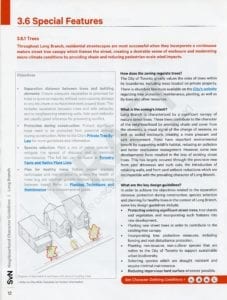
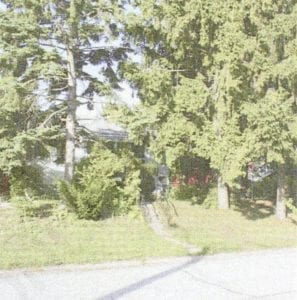
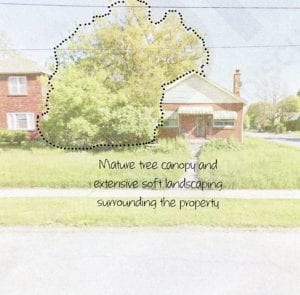
Leave a Reply
Want to join the discussion?Feel free to contribute!